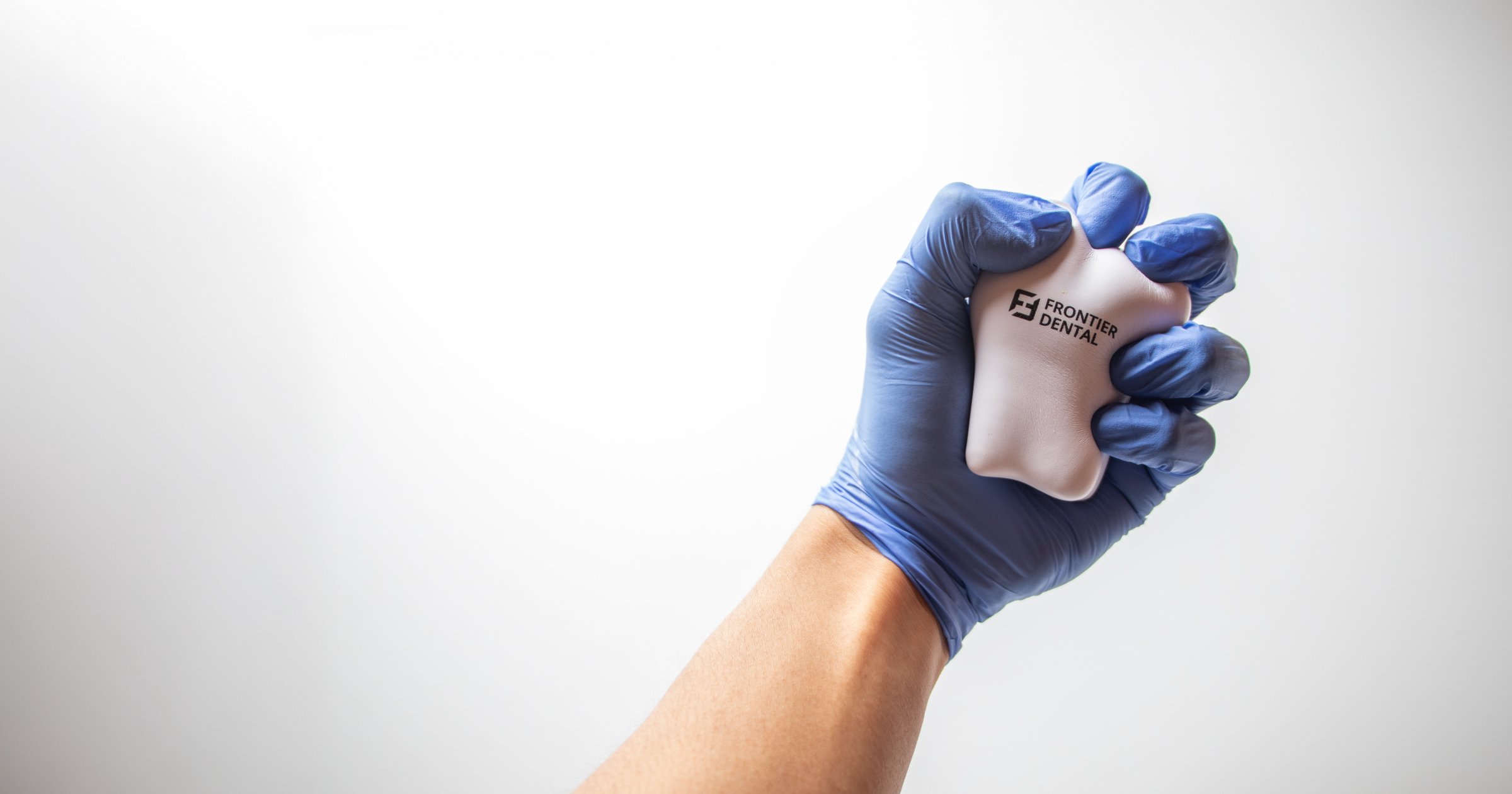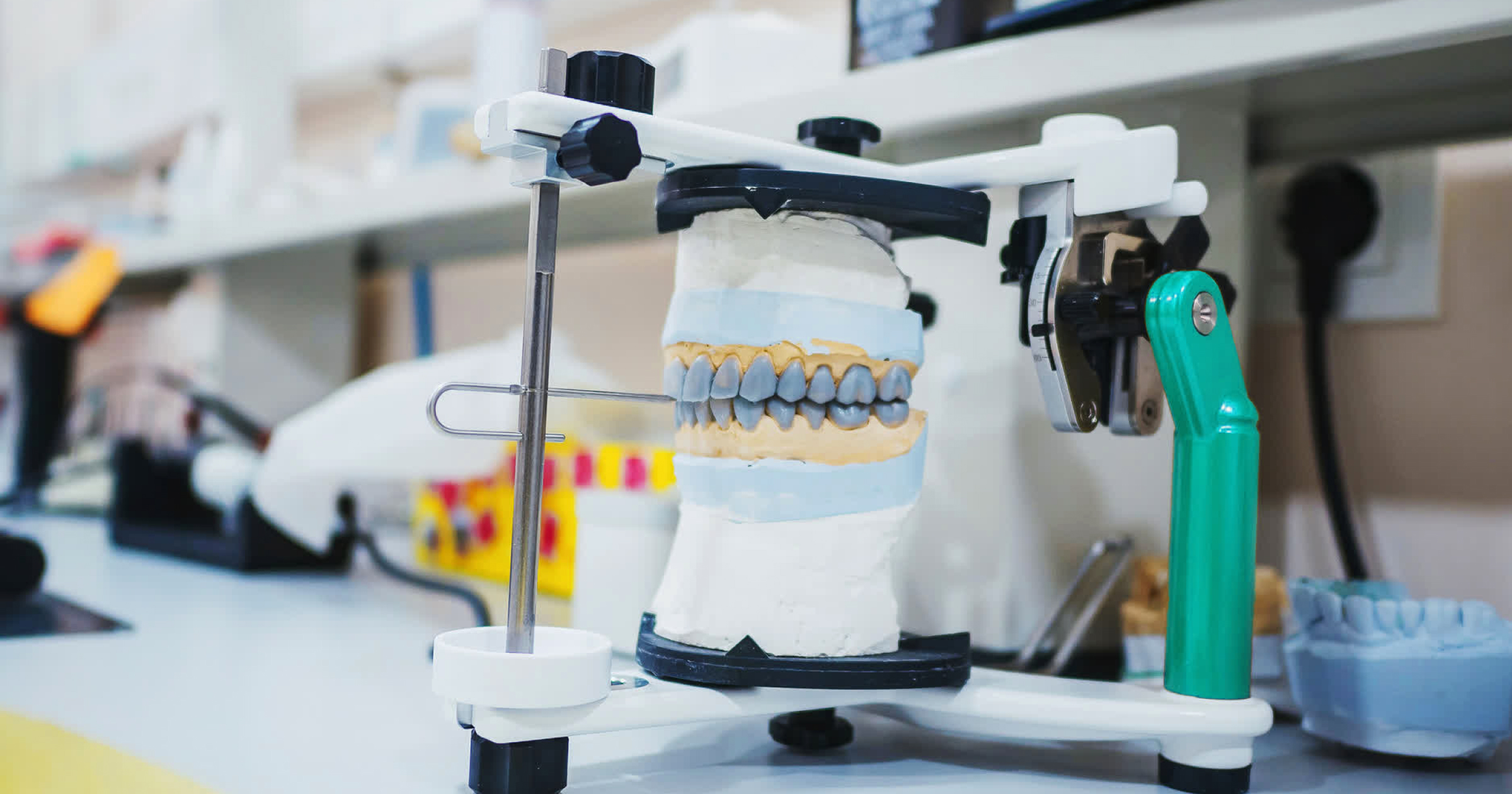In today’s dental landscape, there's growing demand for treatments that are both patient-friendly and clinically effective. Silver diamine fluoride (SDF) has emerged as a trusted option for non-invasive caries arrest—especially in pediatric, geriatric, and special needs populations. This article dives into how SDF works, when to use it, and how it fits into modern U.S. dental practice.
The mechanism of silver diamine fluoride in arresting dental caries
![]() Silver diamine fluoride (SDF) has rapidly gained traction as a highly effective non-invasive treatment for dental caries. Its mechanism of action is twofold: it kills the bacteria responsible for decay and strengthens the remaining tooth structure, thereby arresting the caries process. The silver ions act as a potent antimicrobial agent, disrupting the cell walls of bacteria and inhibiting biofilm formation. Simultaneously, the fluoride component aids in remineralizing demineralized enamel and dentin, making teeth more resistant to future acid attacks.
Silver diamine fluoride (SDF) has rapidly gained traction as a highly effective non-invasive treatment for dental caries. Its mechanism of action is twofold: it kills the bacteria responsible for decay and strengthens the remaining tooth structure, thereby arresting the caries process. The silver ions act as a potent antimicrobial agent, disrupting the cell walls of bacteria and inhibiting biofilm formation. Simultaneously, the fluoride component aids in remineralizing demineralized enamel and dentin, making teeth more resistant to future acid attacks.
Compared to traditional treatments, silver diamine fluoride does not require drilling or anesthesia, making it especially valuable for children, patients with special needs, and those with dental anxiety. Application is quick and painless: clinicians isolate the affected tooth, dry the area, and use a microbrush to paint on the SDF solution. After a brief setting period, the patient can resume normal activities, and the results are monitored over time for efficacy.
Research consistently demonstrates silver diamine fluoride's remarkable ability to halt the progression of cavities, even in cases where conventional restoration is infeasible due to patient cooperation or access challenges. Its minimal equipment requirements and safety profile further enhance its practicality in modern dental practice. For an overview of SDF’s mechanism, see this evidence-based review.
What clinical research and guidelines say about silver diamine fluoride
![]() The effectiveness of silver diamine fluoride is supported by robust clinical evidence. Systematic reviews and meta-analyses confirm that SDF reliably arrests active caries in both primary and permanent teeth, often outperforming or matching traditional restorative approaches. Studies show high rates of lesion arrest after just one or two applications per year, making SDF a cost-effective intervention for dental practices focused on prevention and minimally invasive care.
The effectiveness of silver diamine fluoride is supported by robust clinical evidence. Systematic reviews and meta-analyses confirm that SDF reliably arrests active caries in both primary and permanent teeth, often outperforming or matching traditional restorative approaches. Studies show high rates of lesion arrest after just one or two applications per year, making SDF a cost-effective intervention for dental practices focused on prevention and minimally invasive care.
Key guidelines from credible organizations highlight when, where, and how SDF should be used. Recommendations from the American Dental Association and other authorities suggest its use for cavitated lesions that are not causing pulpitis or infection, especially in pediatric and geriatric patients. As with any material, informed consent is crucial, as silver diamine fluoride will permanently stain decayed areas of the tooth black—a side effect that can be managed with patient education and, if necessary, restorative treatments after caries arrest.
To review clinical guidelines and findings, refer to authoritative sources such as the ADA SDF topic page and comprehensive clinical studies like this JAMA research.
Integrating SDF into daily practice workflows
Incorporating silver diamine fluoride into clinical workflow is straightforward but requires careful planning. First, identify eligible patients—typically those with active caries who cannot undergo traditional restorative intervention, people at high caries risk, or those with behavioral or medical barriers to restorative care. Dental professionals should educate patients and caregivers about the procedure, including the possibility of black staining on treated areas and alternative options.
Once consent is obtained, silver diamine fluoride is applied directly to clean, isolated carious lesions. Use of rubber dams or cotton rolls can ensure proper field control. The application is repeated every 6–12 months, depending on caries risk and lesion progression. Record-keeping is essential: document the treated teeth, application date, and follow-up recommendations. Integrating SDF offers a practical, efficient, and patient-centered approach that supports the mission of modern dental teams. For a detailed process walkthrough, visit this clinical protocol example.
Conclusion: a modern essential for caries control
![]() Silver diamine fluoride is a simple, effective tool for today’s dental practice. Backed by research and endorsed by major U.S. guidelines, it helps clinicians manage caries non-invasively—especially in high-need populations. For practices focused on prevention and patient comfort, SDF is a smart addition to your toolkit.
Silver diamine fluoride is a simple, effective tool for today’s dental practice. Backed by research and endorsed by major U.S. guidelines, it helps clinicians manage caries non-invasively—especially in high-need populations. For practices focused on prevention and patient comfort, SDF is a smart addition to your toolkit.




.png)